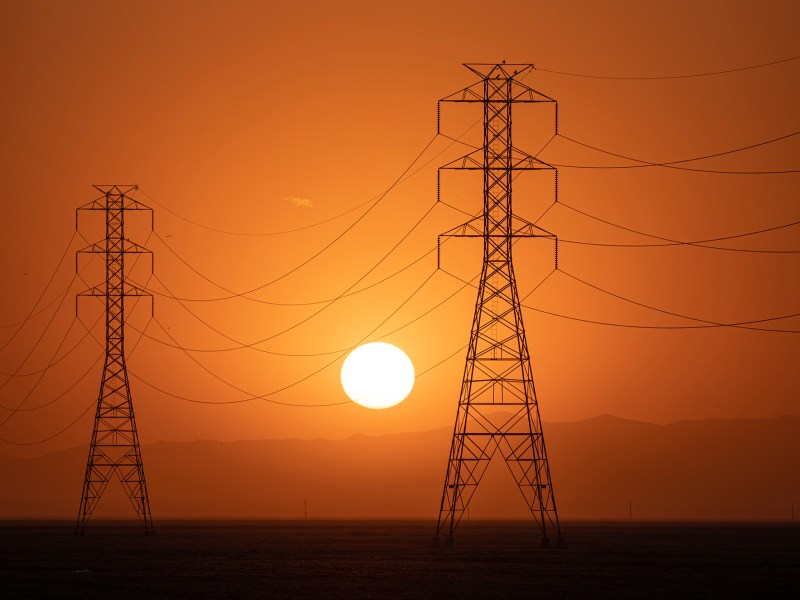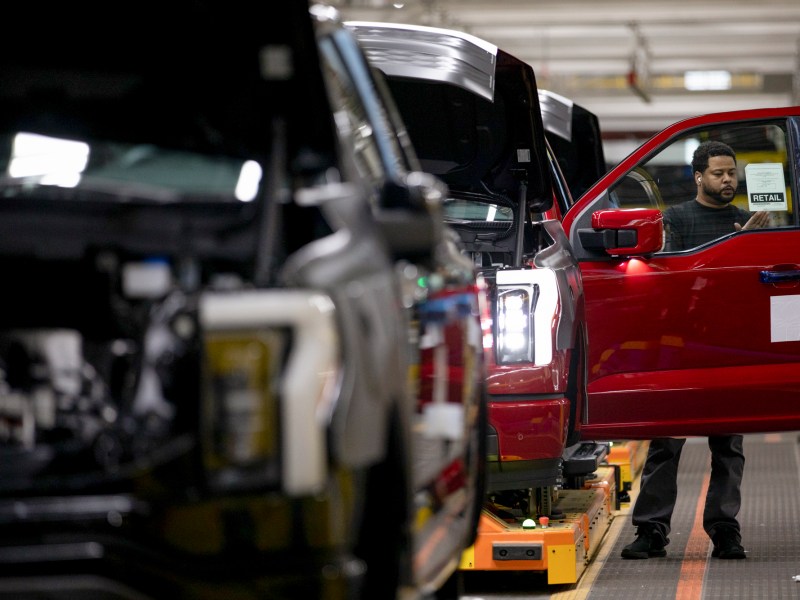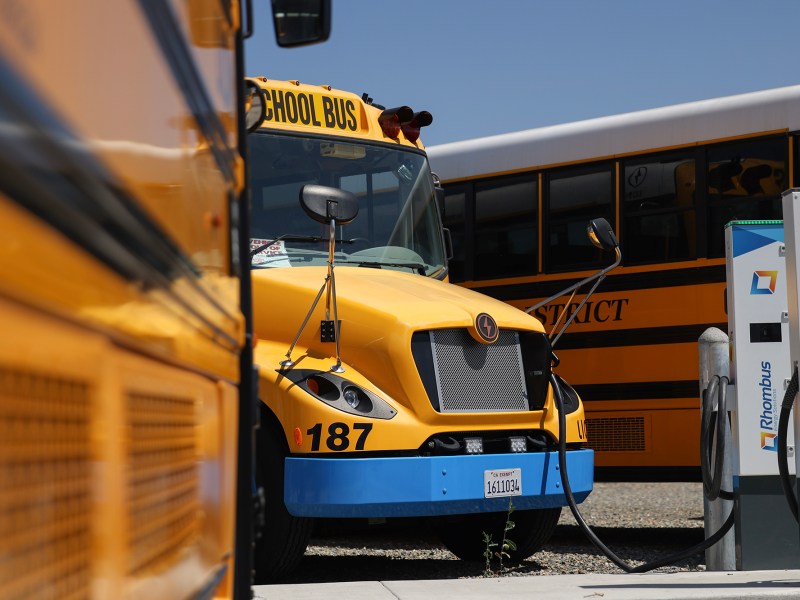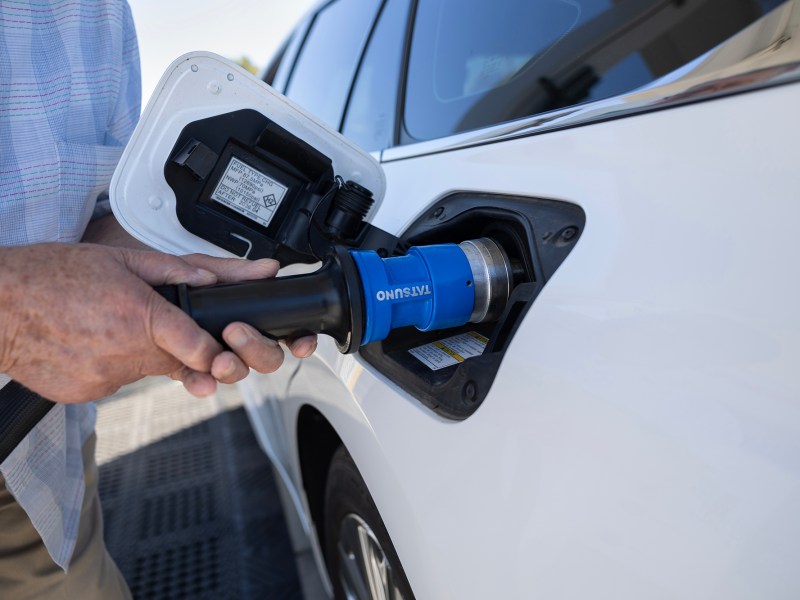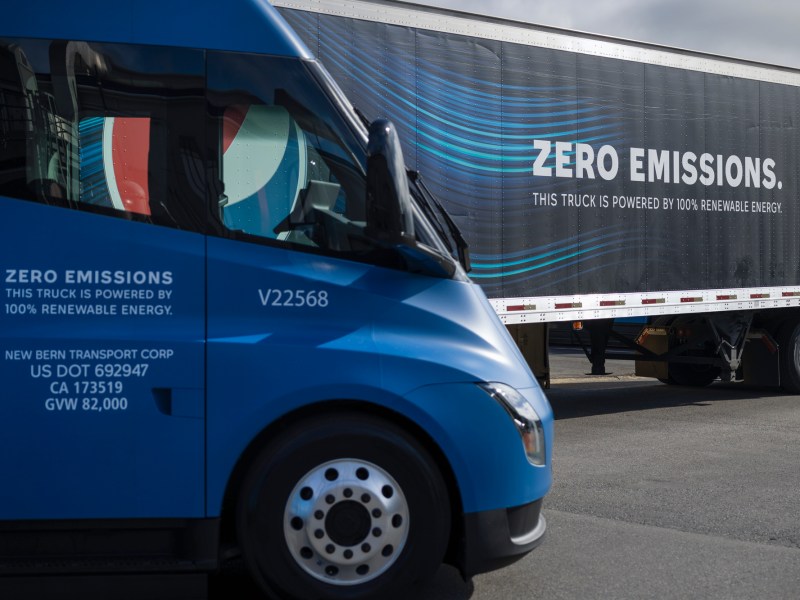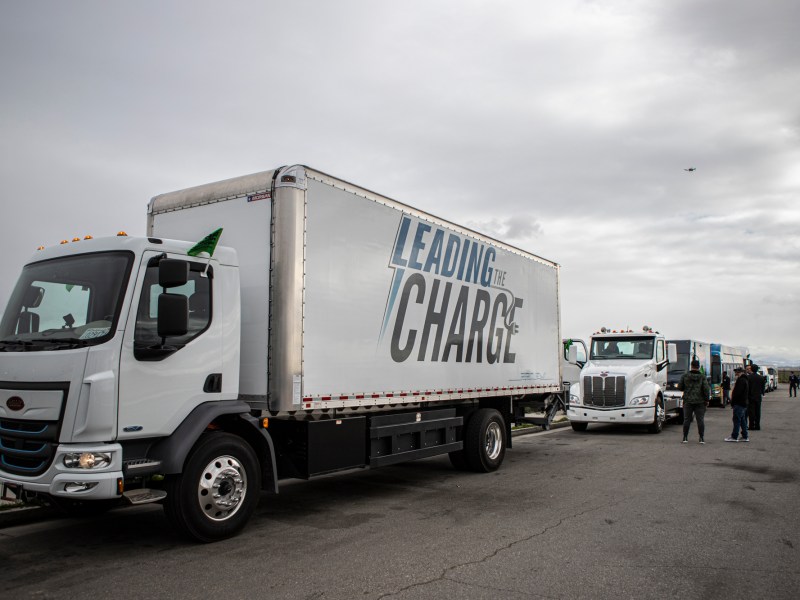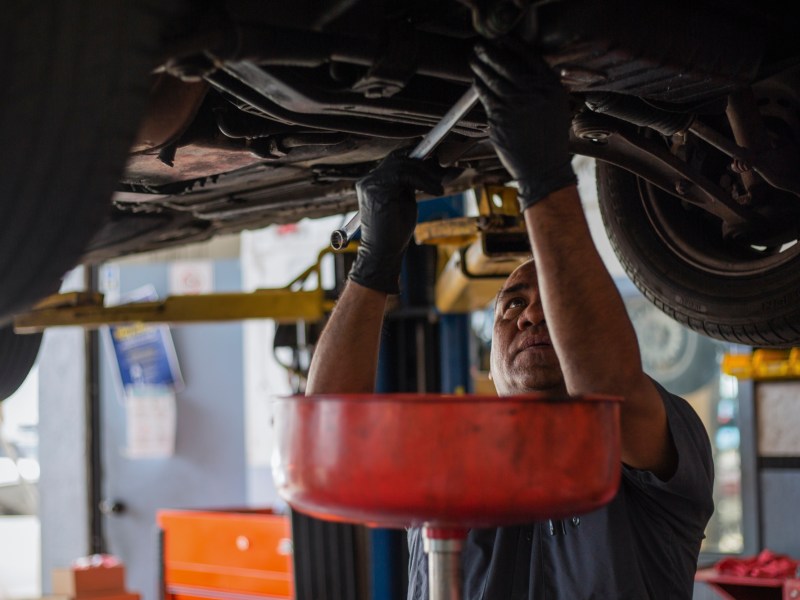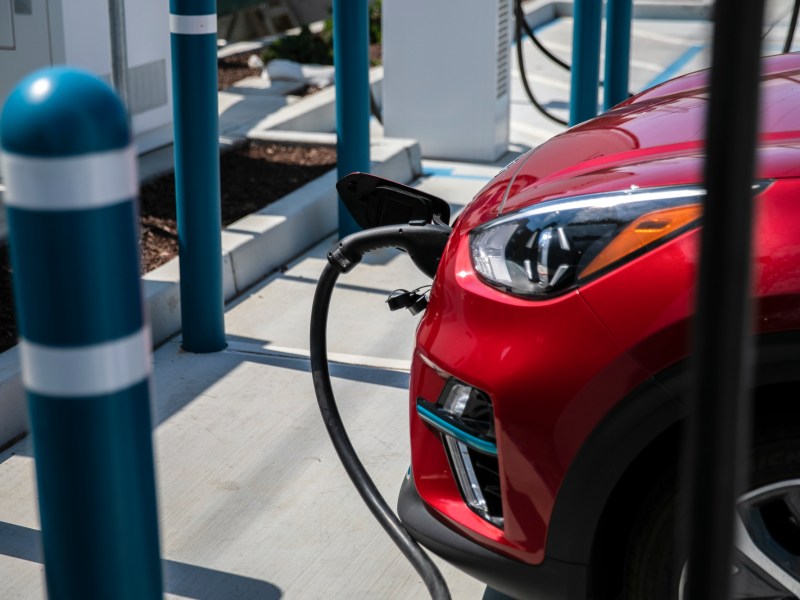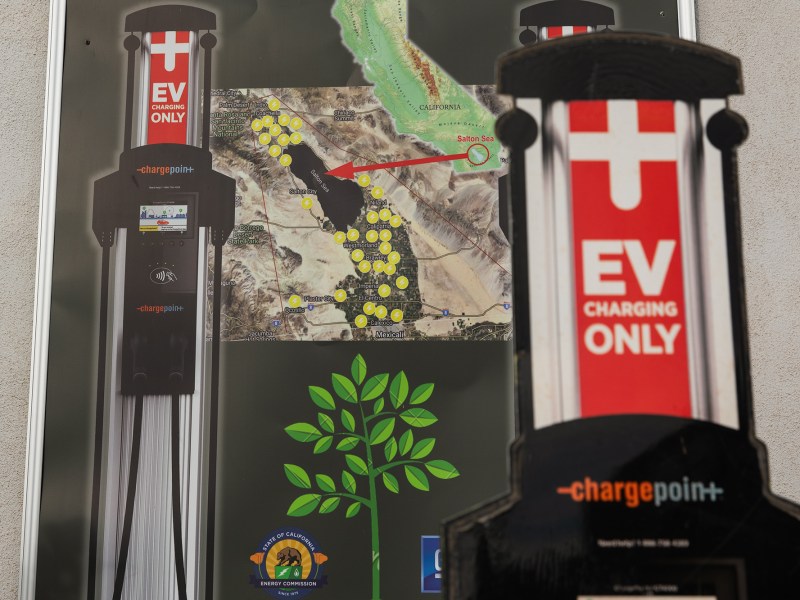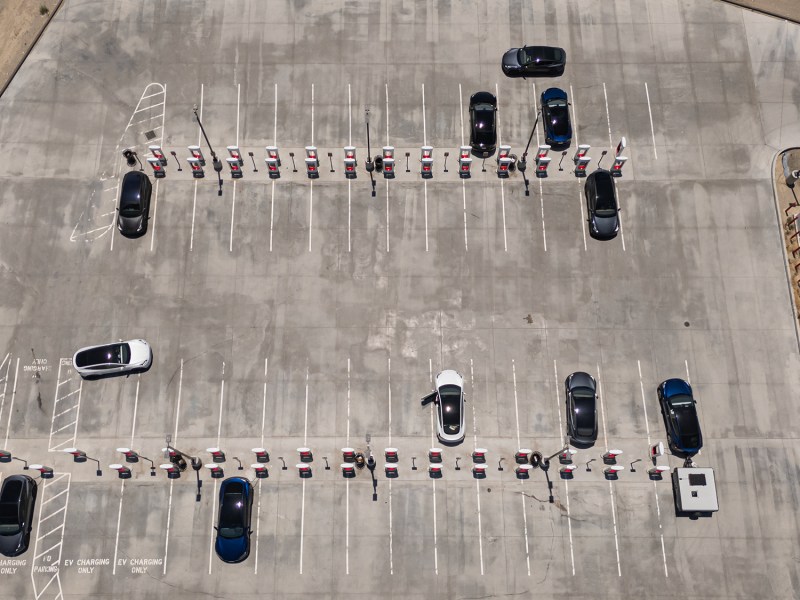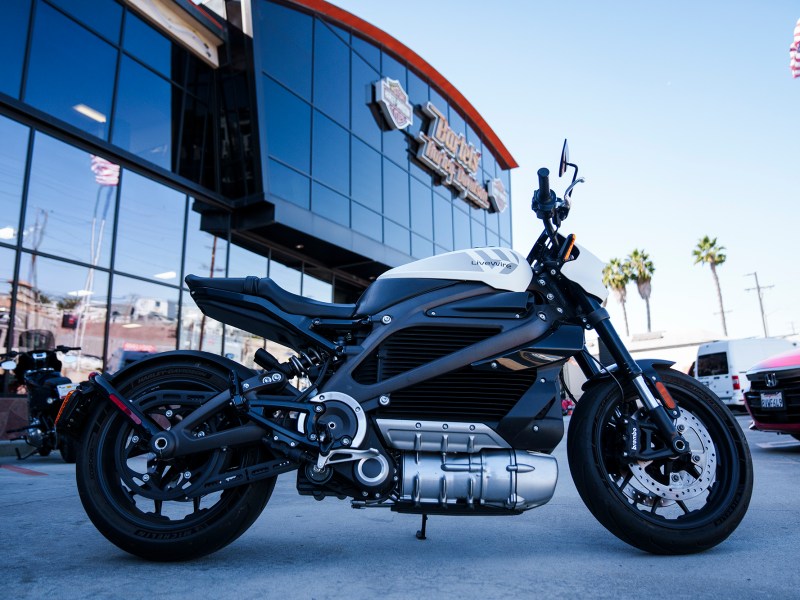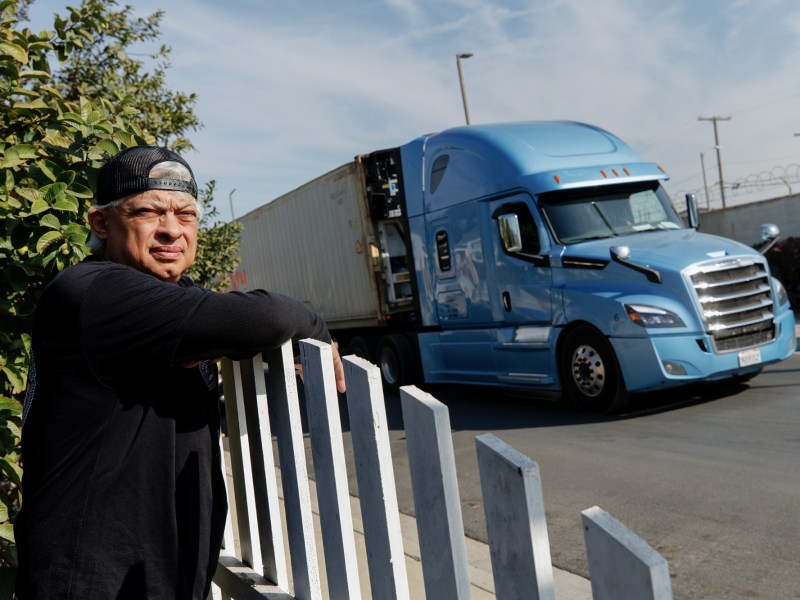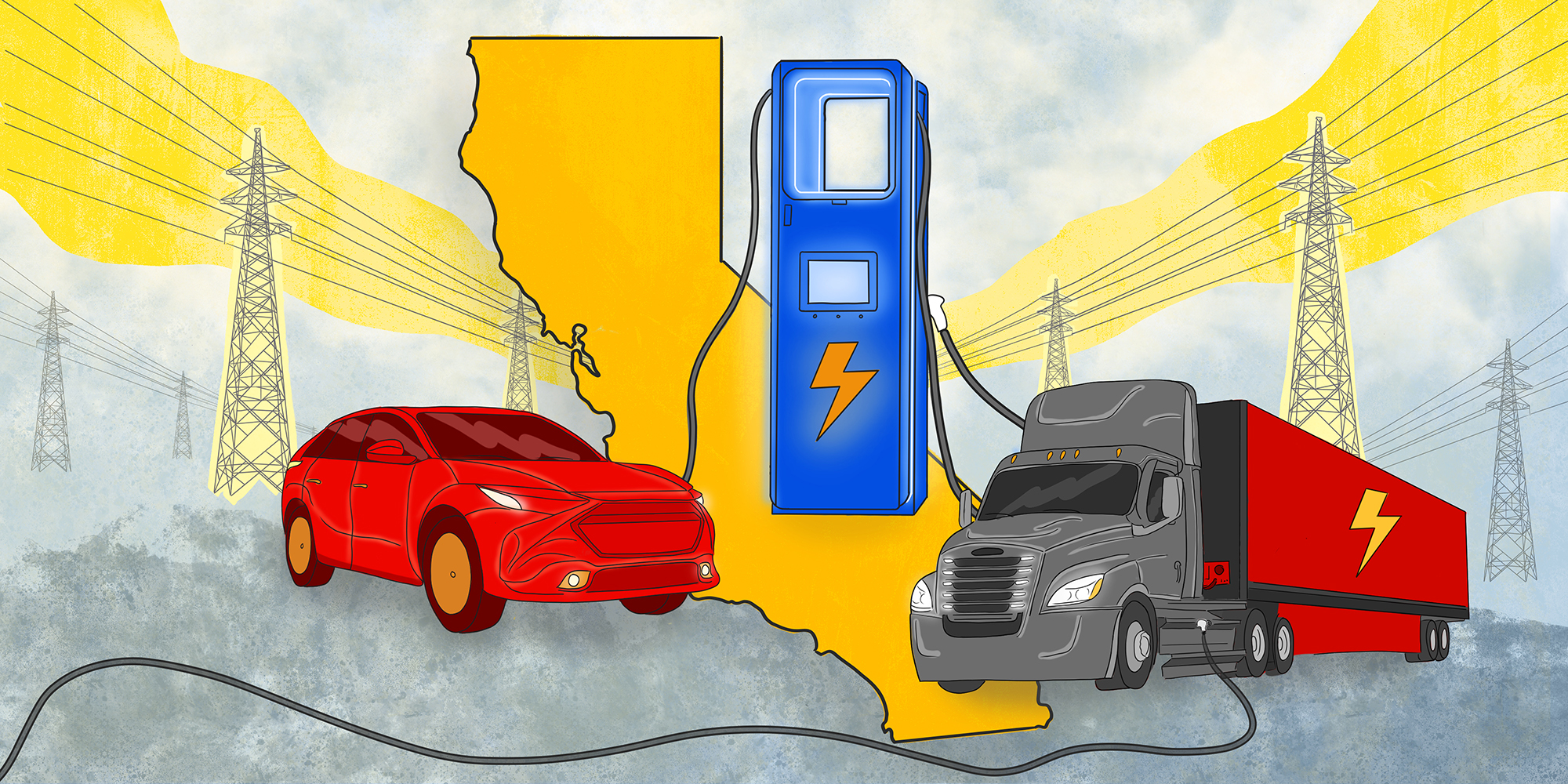
Race to Zero: California's bumpy road to electrify cars and trucks
California is about to undergo a transformation like none other. In less than four years, more than a third of all new cars purchased in California must be zero-emissions, and beginning with 2035 models, no new gasoline-powered cars will be sold in the nation’s most populous state.
In this series, CalMatters is examining the impacts of California’s new zero emission mandate on all segments of society and the economy. No mandate will have had such a dramatic impact on Californians’ lives and daily routines. The transformation doesn’t stop at cars: big rigs and other trucks will be electrified, too. And the state’s move to rapidly electrify all vehicles will likely spread to other states and nations.
For more than 50 years, California has led the way in cleaning up cars. Now, with the threat posed by climate change, its efforts have ramped up. The deadlines are aggressive, the transformation rapid: Under the state’s measure enacted last August, sales of electric cars will have to almost triple beginning with 2026 models, before ramping up to 100% in 2035. The cost: An estimated $30 billion.
If this mandate works as California intends, it will be an enormous step toward reducing dependence on fossil fuels, cleaning the state’s dirty air and helping eliminate greenhouse gases that are causing the climate crisis. But it carries with it many uncertainties and lingering questions, including the affordability and practicality of the vehicles and the reliability of the power grid. In its “Race to Zero” series, CalMatters will hold government and industry accountable as California launches this historic journey to electrify transportation.
